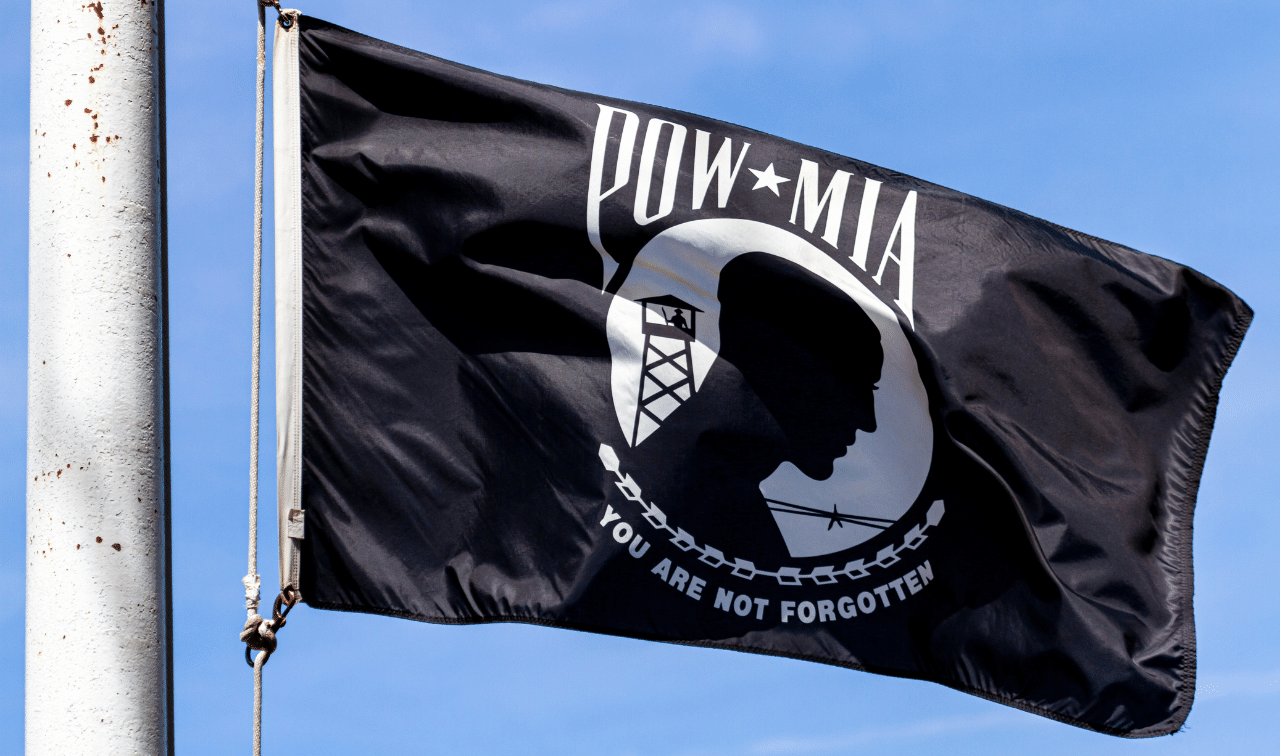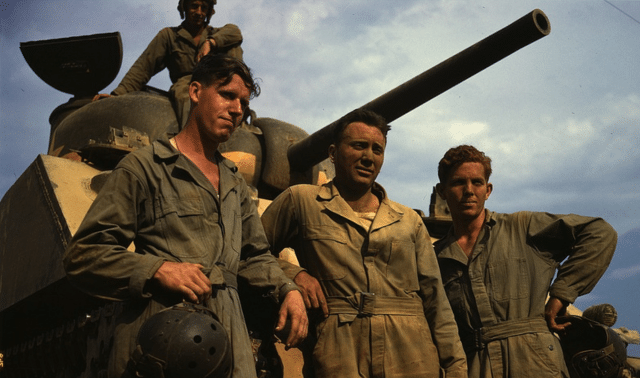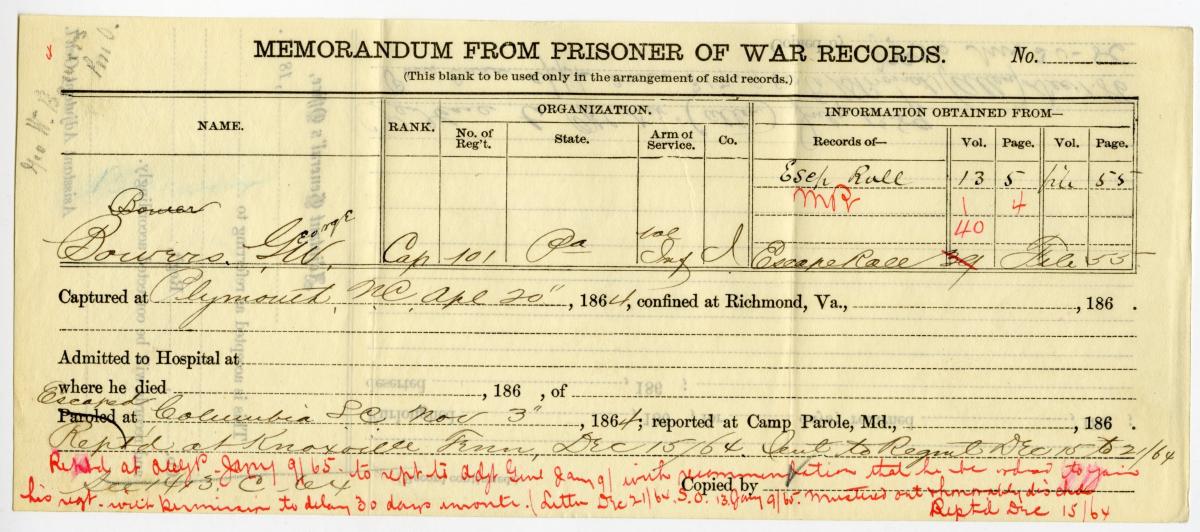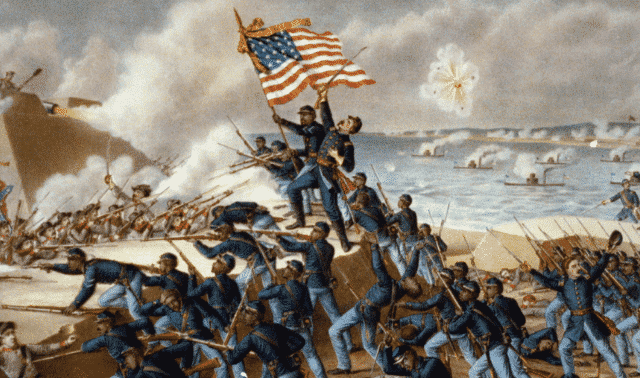To those who lived through it, World War I was “the war to end all wars” – but it’s only the starting point for the Veterans History Project (VHP) <loc.gov/vets>.
Authorized by Congress in 2000 and administered by the Library of Congress, the VHP collects military oral histories from the public. Volunteers – both individuals and organizations such as libraries and schools – work to gather and preserve veterans’ stories of service in conflicts since World War I. US military personnel and civilians who supported war efforts are encouraged to share their tales via video, audio recordings and documents. The collection has grown to encompass 60,000 individuals’ stories.
The VHP has cataloged all the contributions and digitized more than 5,000 veterans’ materials for viewing on the Web site – making it a great tool for tracking down oral histories of military relatives or their contemporaries. Start by browsing the sample stories in the Staff Favorites section to get a feel for what you might find.
Next, go to the search page and enter your keywords: You can search by the veteran’s name, interviewer’s name, service location, unit and other options. Check-boxes let you filter your search by conflict, branch of service, gender and prisoner of war status, or specify only entries with digitized materials or transcripts. On the Browse tab, you can drill down by the veteran’s last name, war and military branch, state of residence and race/ethnicity.
When you click a name in the results list, you’ll go to the database entry. On the left, you’ll see biographical information: where and when the subject was born, where and when he served, what rank he achieved and what awards he received. To the right is the collection information, including the interviewer’s name and the person or organization who donated the material.
If you turn up a person whose file is digitized, you’ll be able to view pictures and personal papers, and either watch or listen to the interview online. If the materials aren’t digitized, you can view them at the American Folklife Center at the Library of Congress. It’s possible to order copies of recordings and documents, though VHP doesn’t encourage this because the project rules require you to get the veteran’s permission first.
Since the VHP relies on donated materials, it won’t have the information you’re seeking about Great-uncle Paul’s WWII service unless someone took the initiative to interview him. Perhaps that’s incentive for you to do an interview yourself – you can download a VHP Field Kit or order one via e-mail from the site. The VHP also provides links to sources for other military oral histories. And as word of the project grows, more family historians will surely contribute their kin’s experiences, creating a collection worthy of the bravery of those who served.




